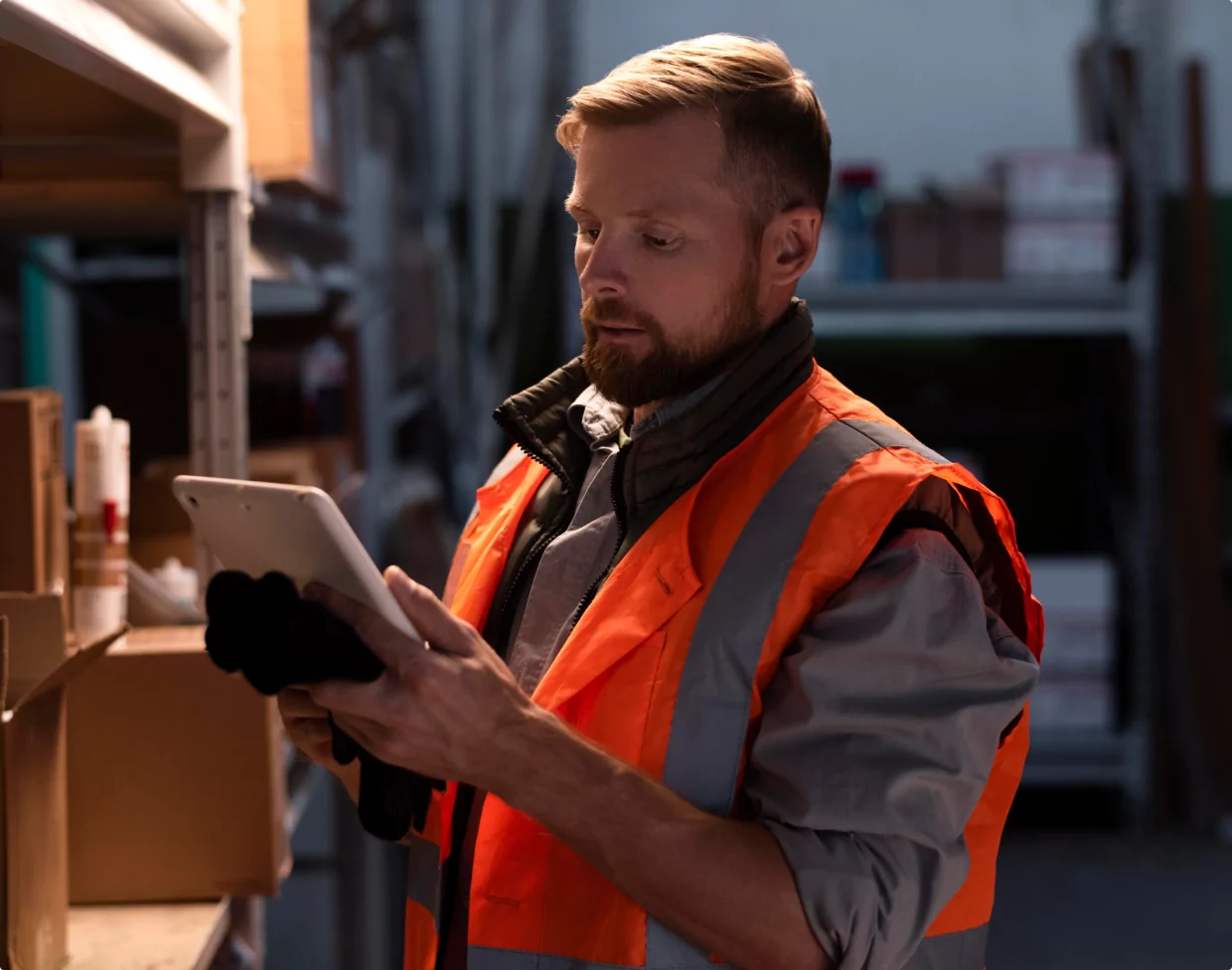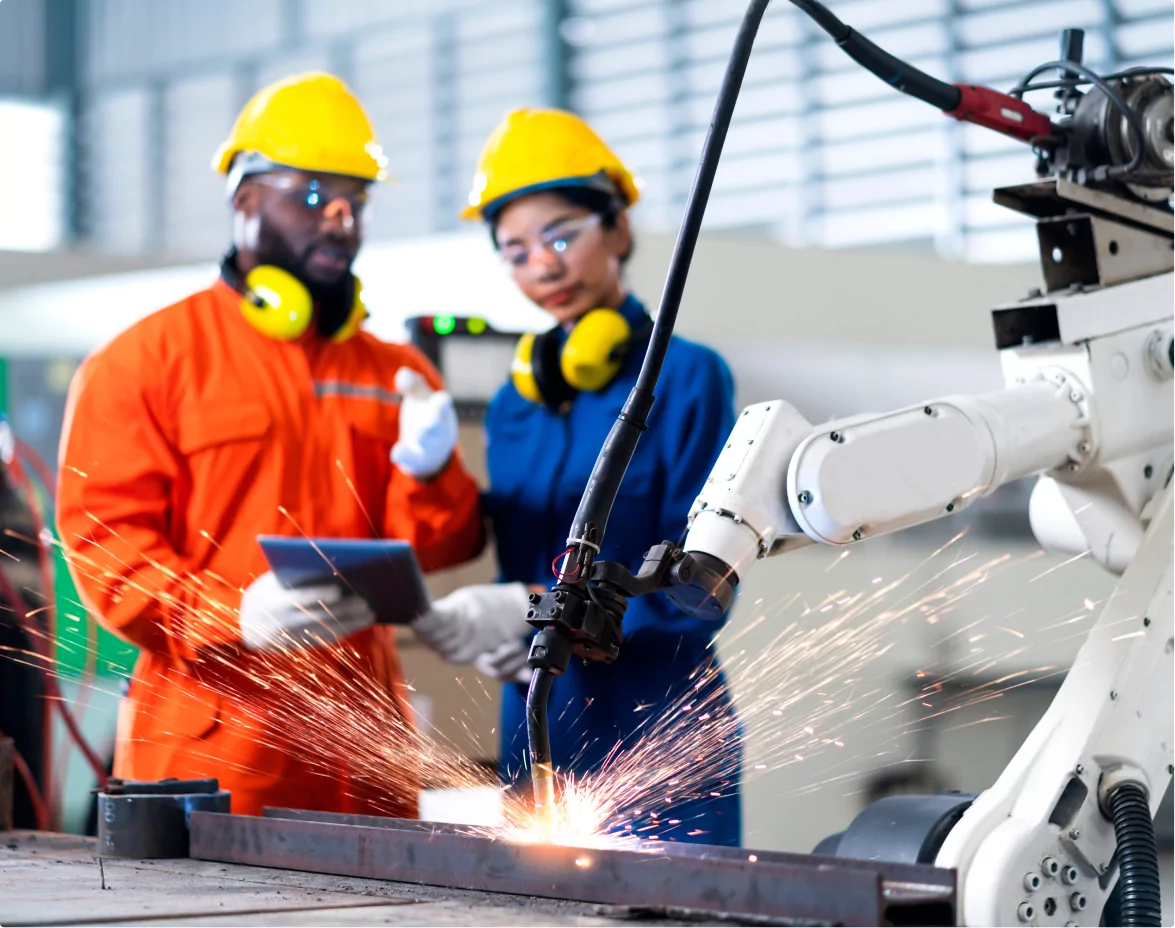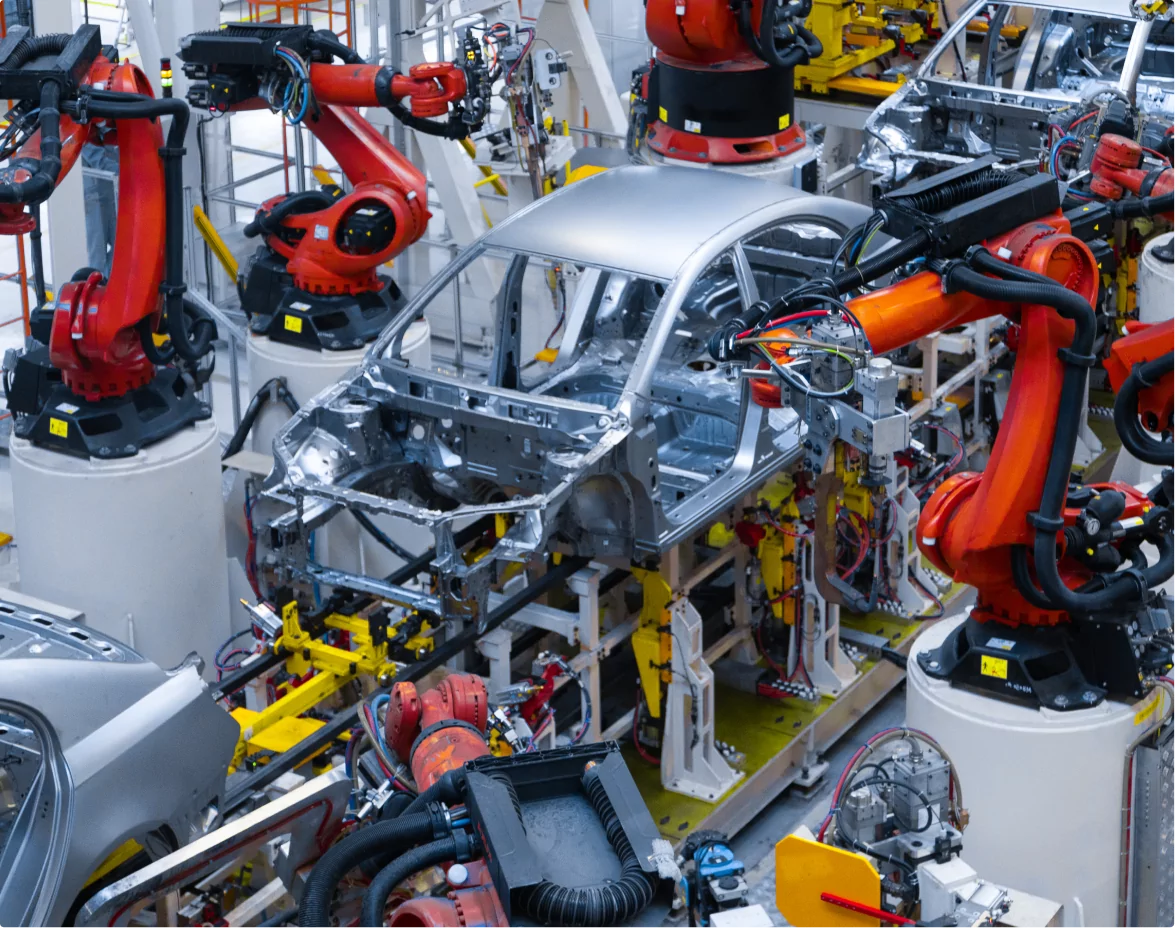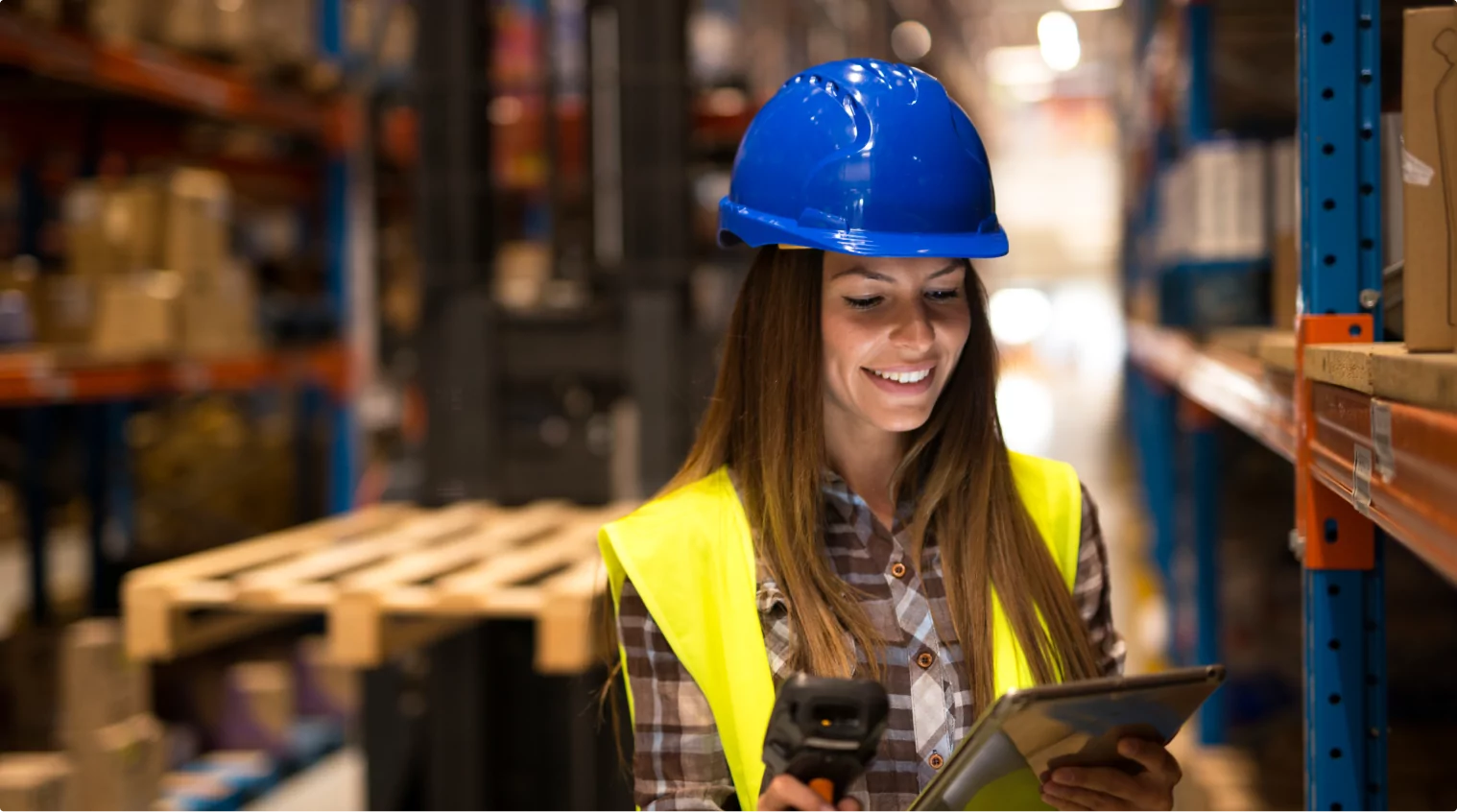With AI algorithms analyzing real-time and historical data, you can reduce transportation time, fuel consumption and adjust costs based on current demand and market conditions.



The T&L industry covers a range of transportation modes, including road, rail, air, and sea transportation. Artificial intelligence in logistics and supply chain coordinates processes and activities related to transportation, like warehousing, inventory management, and order fulfillment.
Transportation and logistics continuously adopt innovative technologies, such as AI, IoT, and automation, to optimize processes, improve efficiency, and enhance overall supply chain performance.





Due to its complexity and global reach, the transportation and logistics industry encounters several considerable challenges.


AI-powered tracking systems analyze data collected during the transportation process, predicting delays, delivery times, and issues that may arise. It helps logistics managers to take proactive measures to ensure on-time deliveries and mitigate risks.


TMSs optimize and automate various aspects of transportation management, such as route planning, vehicle maintenance, and pricing. These systems streamline operations and contribute to overall efficiency improvements.


AI-powered robots and autonomous guided vehicles (AGVs) are an aid in optimizing depot operations. They efficiently sort, pick, and pack items, reducing the need for manual labor.


AI-enhanced software solutions allow for more effective resource planning, improved information flow, and automated administrative processes. ERPs can integrate data from various departments, fostering seamless collaboration across the organization.


Traditional freight exchange platforms can be successfully enhanced with AI-based solutions for optimal carrier and load matching, transportation cost calculations, and delivery time predictions.


AI-powered sensors and analytics enable predictive maintenance for vehicles and machinery in logistics operations. AI can predict potential breakdowns or service needs, ensuring timely repairs and minimizing downtime.


The T&L industry experiences seasonal peaks, and AI utilizes historical data, market trends, and other significant events to forecast customer demand. This information allows you to adapt your resources effectively to meet demand fluctuations.


AI is essential in developing self-driving vehicles, such as self-driving trucks, forklifts, and autonomous drones. In the future, these vehicles will be able to transport goods without the need for constant human intervention.


AI systems can use computer vision and machine learning algorithms to inspect shipping containers and cargo, identifying anomalies or potential security threats. Operating 24/7, they deliver precise and reliable results.


AI-powered chatbots and virtual assistants offer real-time customer support, efficiently addressing inquiries, tracking shipment status, and providing timely updates, enhancing customer experience.
With AI algorithms analyzing real-time and historical data, you can reduce transportation time, fuel consumption and adjust costs based on current demand and market conditions.

AI optimizes warehouse operations, including inventory management, order picking, and packing, increasing efficiency and reducing labor costs. The development of autonomous vehicles gradually minimizes the need for human intervention.

AI is crucial in optimizing resource allocation, encompassing staffing, equipment, and fleet management, to ensure the most efficient utilization of available assets and minimize costly idle time.

AI enables forecasting potential disruptions or delays in transportation, allowing you to take proactive measures to ensure on-time delivery of goods, a crucial factor in maintaining customer satisfaction.

AI facilitates real-time data analysis of transportation performance, offering valuable insights to optimize processes, adapt to dynamic market conditions, and make well-informed decisions for competitive advantage.

AI-powered sensors monitor vehicle health in real-time to detect early signs of potential problems. Spotting issues before they occur reduces breakdowns and downtimes and minimizes their impact on business operations.

You can leverage driver behavior analysis, collision avoidance systems, compliance monitoring, and AR and VR training to establish a culture of safety, reduce accidents, and protect your workforce.
